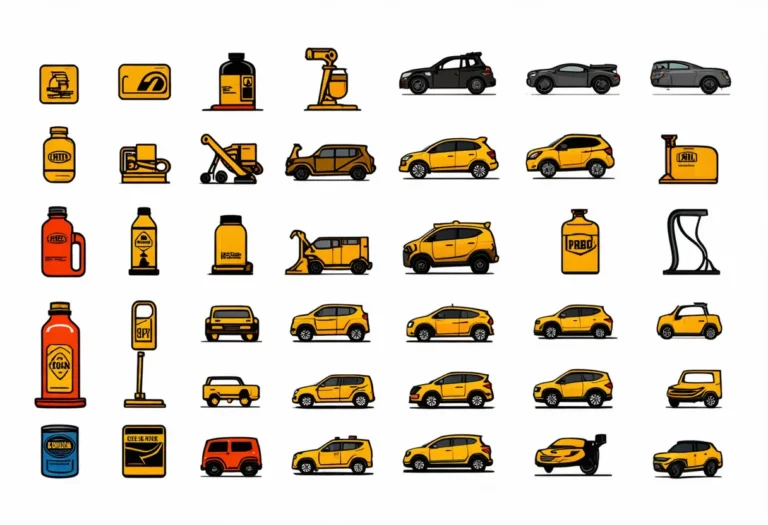Uruguay, with a population of 3,422,794, is ranked 126th in the world, just behind Georgia. Located in South America, it covers 176,220 square kilometers, ranking 86th globally, just below Cambodia.
Uruguay’s economic position in 2022 is moderately stable with a GDP of $71,177,146,197.49, ranking 79th globally. It falls behind Croatia, which has a GDP of $71,600,049,650.20. In terms of GDP per capita, Uruguay ranks 49th with $20,795.04, lagging behind Greece with a GDP per capita of $20,867.27.
Despite facing some challenges, Uruguay’s economy continues to show resilience and potential for growth in the coming years.
What are the economic activities of Uruguay?
- Primary activities: 6.2% of GDP.
- Secondary activities: 24.1% of GDP.
- Tertiary activities: 69.7% of GDP.

Primary Sector of Uruguay
Uruguay’s primary sector, dominated by agriculture, thrives due to its favorable climate and abundant natural resources. With 80.39% of the land dedicated to agriculture, the country produces a diverse range of products including milk, rice, wheat, barley, soybeans, beef, rapeseed, sugarcane, maize, and oranges.
Despite contributing 6.2% to the GDP, agriculture plays a vital role in Uruguay’s economy. The sector’s variety of crops and animal products highlights its significance, ensuring food security and providing employment opportunities.
Uruguay’s diverse geology supports abundant natural resources, including extensive arable land for agriculture, hydropower potential from its rivers, minor mineral deposits, and a thriving fishing industry. These resources drive the economy and contribute significantly to the country’s development.
Secondary Sector of Uruguay
What is the secondary sector or what are secondary activities?
The secondary sector comprises industries that transform raw materials from primary activities into finished products for consumption. In Uruguay, prominent industrial products include food processing, electrical machinery, transportation equipment, petroleum products, textiles, chemicals, and beverages. These goods are manufactured for domestic consumption and export, contributing significantly to the country’s economy.
Manufactures in Uruguay’s total exports accounted for 19.15% in 2023. While significant, other sectors like agriculture and services play a vital role in diversifying the country’s export portfolio.
Tertiary sector of Uruguay
What is the tertiary sector or what are tertiary activities?
The tertiary sector in Uruguay encompasses services that offer knowledge and time to enhance productivity and meet needs. This sector deals with intangible goods like advice and expertise, catering to both consumers and businesses. Key tertiary activities in Uruguay include healthcare, education, banking, tourism, transportation, and telecommunications. These services play a crucial role in driving the country’s economic growth and development.
In particular, Uruguay’s economy heavily relies on tourism, contributing significantly to its GDP. With an impressive 3,480,000 annual arrivals, equating to 1.0167 tourist arrivals per capita, destinations like Montevideo and Punta del Este attract visitors worldwide with their vibrant culture, beaches, and rich history, driving the country’s tourism-driven economic growth.
Another example of tertiary economic activity is the mobile cellular sector, with approximately 4.7 million subscriptions, or 139 per 100 inhabitants. This connectivity fosters technological growth, enhancing innovation and digital services.
Military Activities and Economic Sectors of Uruguay
The military is a clear example of many economic activities working together. In the primary sector, resources are extracted for military use. The secondary sector involves the manufacturing of military equipment. The military also provides services, which is part of the tertiary sector. Research and development fall under the quaternary sector, while high-level decision-making is in the quinary sector.
In Uruguay, the military expenditure for 2023 is $1,590.1 million, which is about 1.90% of the country’s GDP. The active military force has 21,000 personnel, resulting in 6.6 active military members for every 1,000 people in the country.
International Trade of Uruguay
Import Activities of Uruguay

Uruguay’s import activities are crucial, accounting for 25.87% of its GDP, totaling $12.49 billion in 2023.
Uruguay’s main import partners are Brazil, China, the US, Argentina, and Germany. The country imports commodities like crude petroleum, fertilizers, cars, packaged medicine, and broadcasting equipment.
Exports Activities of Uruguay

Uruguay’s total exports in 2023 reached $9.19 billion, accounting for 31.32% of its GDP. This signifies a medium level of importance, highlighting the significant role export activities play in the country’s economy.
Uruguay’s export activities are diverse, with major partners like China, Brazil, and Argentina. Key commodities include beef, wood pulp, soybeans, milk, and rice.
Uruguay economy challenges in 2024
Uruguay faces challenges in 2024 with growing homicide rates and economic impacts from the 2019 Argentine recession. Despite being a high-income economy with a large middle class, the country must navigate increasing Chinese and EU relations while maintaining socioeconomic equality. As a key exporter of milk, beef, rice, and wool, Uruguay strives to address these issues for a stable future.




Leave a Reply